Russian tortoises are common pets native to Central Asia, Russia in particular. They have a number of other common names, including Afghan tortoise, steppe tortoise, Horsfield’s tortoise, and Central Asian tortoise. Though they are quite numerous as pets and breeders across the world, in their native habitat they are actually vulnerable to extinction. Read on to learn about the Russian tortoise.
Description of the Russian Tortoise
These tortoises are popular pets because they do not grow too large. On average, they range between 5 – 10 inches long when fully grown. In comparison, another pet tortoise species, the Aldabra giant tortoise, grows up to 3.6 feet long, and 550 pounds!
Russian tortoises are considered sexually dimorphic, which means that males and females can be easily distinguished from one another. Males of the species have longer tails, longer claws, and are usually slightly smaller than females.
Interesting Facts About the Russian Tortoise
These little reptiles can make great, long-lived, pets. If properly care for, they can live over 40 years! Learn more about these interesting creatures below.
- Inactive – In their native habitat, life can be hard for a cold-blooded creature. On average, and depending on the region, these tortoises spend as much as 9 months of the year in dormancy! That means they are only active for 3 months per year.
- Aestivation – Long periods of inactivity, similar to hibernation, are called aestivation. Not only do these tortoises aestivate when it is cold, but they also aestivate when it is too hot, there is not enough food, or there is not enough water. Basically, they are pretty picky animals!
- Do Your Tortoise Dance – Females require a little convincing when mating time rolls around. To convince his lovely lady that he is a suitable mate, the male will do a series of swift head bobs, and ram into her a few times. An odd mating dance in the least!
Habitat of the Russian Tortoise
Throughout their range, these tortoises live in barren, arid environments with very low rainfall. They are commonly found in steppes, deserts, hillsides, and grasslands. In harsh, arid environments, weather can be extreme. When it gets too hot or too cold, the tortoises will retreat to their burrows for months at a time.
Distribution of the Russian Tortoise
Russian tortoises are native to Russia, as well as China, Pakistan, and Iran. They are also found worldwide in the pet trade. Despite being such a common pet, they have not established invasive populations anywhere outside of their range. This is likely due to their specific habitat needs.
Diet of the Russian Tortoise
In the wild, these reptiles feed primarily on herb bushes and succulents. They are herbivores, and cannot digest meat. Especially in desert ranges, vegetation can be quite scarce. To survive in these environments, Russian tortoises will feed on a wide variety of plants, including grasses, fruits, leaves, stems, twigs, and both native and farmed plants.
Russian Tortoise and Human Interaction
These tortoises have been targeted as a food source for generations. Native people in Asia have heavily exploited this species for food, and this has caused serious population decline. Capture for the pet trade is also a serious factor in the decline of this species. Both of these threats are compounded by habitat destruction, warfare, and farming.
Domestication
While they are readily bred in captivity, these tortoises have not been truly domesticated.
Does the Russian Tortoise Make a Good Pet
Yes, these tortoises can make good pets, but it is important to know what you are getting into. They have very specific care requirements, and an incredibly long lifespan. Make sure you are ready for the commitment before choosing a Russian tortoise as a pet.
Russian Tortoise Care
Because they do not grow terribly large, these tortoises are relatively easy to house. Their pen should be at least two feet wide by four feet long. They are prolific diggers, so ensure they cannot escape from any outdoor housing and make sure to provide them with plenty of substrate for digging.
This tortoise’s diet should be lean, with high fiber content. When choosing a pet, always purchase an animal that was bred by a responsible breeder and not captured in the wild.
Behavior of the Russian Tortoise
Not to call them boring, but in the wild, there is not much behavior to describe. They spend many months in aestivation, doing, quite literally, nothing. When they are active they roam in search of food, and search for mates. As pets, they are actually quite personable and interactive. They can recognize their caretaker, and appear to enjoy interaction.
Reproduction of the Russian Tortoise
When conditions are perfect, these reptiles can lay 2 or 3 clutches of eggs per year. They lay between 2 and 5 eggs per clutch. It can take 2 or 3 months for the eggs to hatch, and the hatchlings are fully self-sufficient at birth. It takes 10 years before the hatchlings will be able to reproduce themselves, and they will not be considered fully-grown for another 10 years!


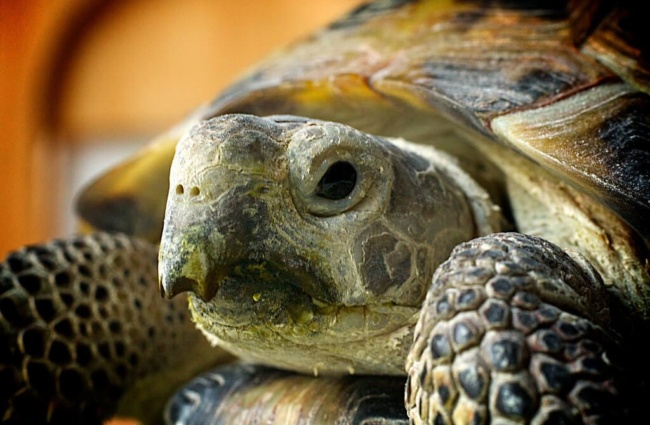

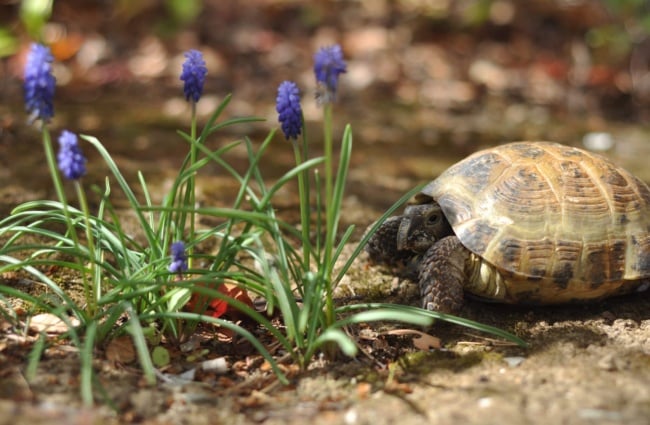

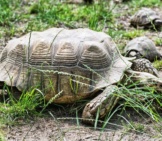
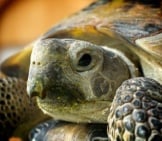

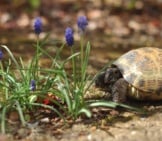
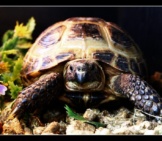
![Red Angus Closeup of a beautiful Red Angus cowPhoto by: U.S. Department of Agriculture [pubic domain]https://creativecommons.org/licenses/by/2.0/](https://animals.net/wp-content/uploads/2020/03/Red-Angus-4-238x178.jpg)












![Red Angus Closeup of a beautiful Red Angus cowPhoto by: U.S. Department of Agriculture [pubic domain]https://creativecommons.org/licenses/by/2.0/](https://animals.net/wp-content/uploads/2020/03/Red-Angus-4-100x75.jpg)

